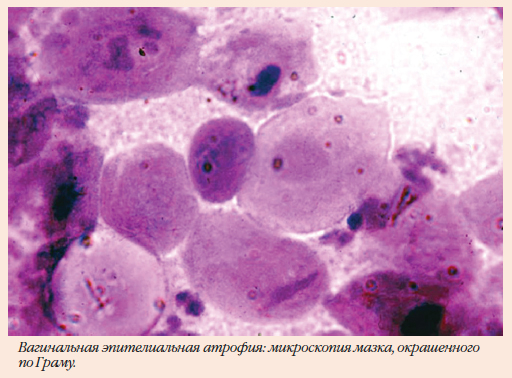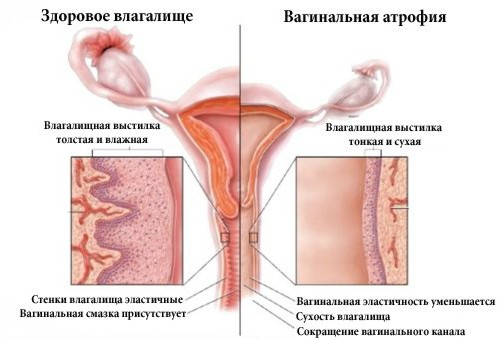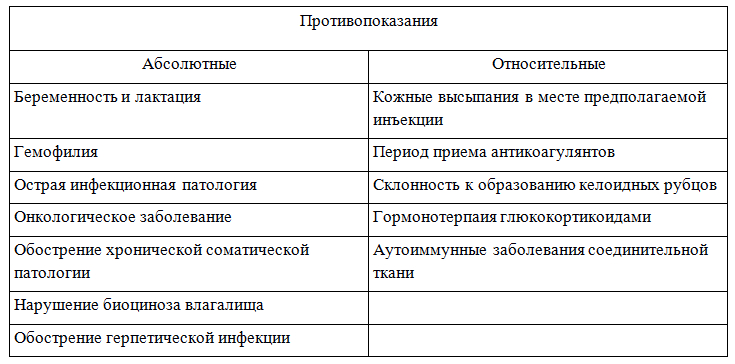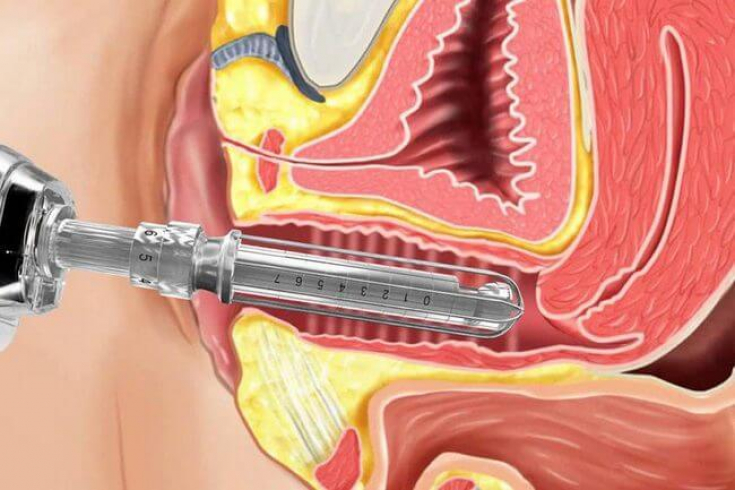Vaginal atrophy (atrophic colpitis) — this is inflammation of the vagina as a result of thinning of the tissue due to a lack of estrogen. Symptoms may include pain during intercourse, vaginal itching or dryness, and an urge to urinate or burning when urinating. The diagnosis is usually based on the patient's symptoms.
Treatment is usually with vaginal estrogen cream, injection techniques, and laser treatments.
In the article estet-portal.com you can get acquainted in detail with the personalized recommendations of the highest category doctor, obstetrician-gynecologist Lyudmila Shupenyuk regarding the comparative characteristics of modern approaches to the treatment of vaginal atrophy.
Cause of vaginal atrophy, what goals can be achieved with therapy
L.Sh.: The most common cause of vaginal atrophy is premenopause, menopause, lactation, radio- and chemotherapy, oophorectomy (ovariectomy), hormonal therapy and others. The complaint of a patient with atrophic colpitis may be itching, burning, reduced lubrication during intercourse, bloody discharge, situational urinary incontinence, dysuric manifestations, relaxation of the walls of the vagina.
The goal of treatment is:
• restoration of the original metabolism of the connective tissue;
• an increase in glycogen;
• neovascularization;
• neocollagenogenesis;
• decrease in vaginal pH;
• moisture;
• thickening of the walls of the vagina.
Follow us on Telegram
Vaginal atrophy: local hormone replacement therapy

L.Sh.: Prescribing local hormone replacement therapy comes with many nuances that stop doctors from prescribing such drugs in pre- and menopausal patients.
Such nuances include:
• difficulty in choosing the right treatment regimens;
• presence of side effects;
• a large number of contraindications;
• hormonophobia;
• impossibility of long-term use.
For the treatment of patients with symptoms of postmenopausal estrogen deficiency, hormone replacement therapy should only be initiated in the event of symptoms that adversely affect quality of life.

In any case, a thorough assessment of ≥1 time per year is required to accurately determine risk and benefit, and hormone replacement therapy should only be continued for as long as the benefit of treatment outweighs the risk.
Monoestrogens increase the risk of endometrial cancer by 2-fold when used for <5 years and 6.7-fold when used for >5 years.
Vaginal atrophy: injection methods

L.Sh.: Injection methods, for example, plasmolifting can also be successfully used in the correction of atrophic colpitis, however, contraindications to this therapy should be taken into account.
PRP therapy in the menopausal period to correct changes in the intimate zone
Vaginal atrophy: laser rejuvenation
L.Sh.: In turn, the criteria for admission to the laser vaginal rejuvenation procedure include:
1. normal cytology result;
2. normal flora smear result;
3. lack of trauma and signs of bleeding in the vagina.
The procedure can be carried out in thermal mode (flux density — 6-12 J/cm2, pulse duration — 1 ms, interval — 0.5-2 s, angle of rotation — 22.5°), supplementing her fractional treatment of the vulva.

Personally, I cannot imagine the treatment of age-related changes in the vaginal mucosa without the use of laser technology.

In my practice, I use an integrated approach to correct the problem of atrophy of the vaginal mucosa: methods of hormonal therapy in conjunction with laser technology, PRP and biorevitalization.

Only with the most comprehensive approach using all available effective methods, it is possible to improve the patient's quality of life and cope with the manifestations of age-related changes.
Thank you for staying with estet-portal.com. Read other interesting articles in the "Cosmetology" section. You might be interested in Laser Vaginal Rejuvenation: Risks and Benefits






Add a comment